Discover new clues about how our ancient relatives disappeared from time.


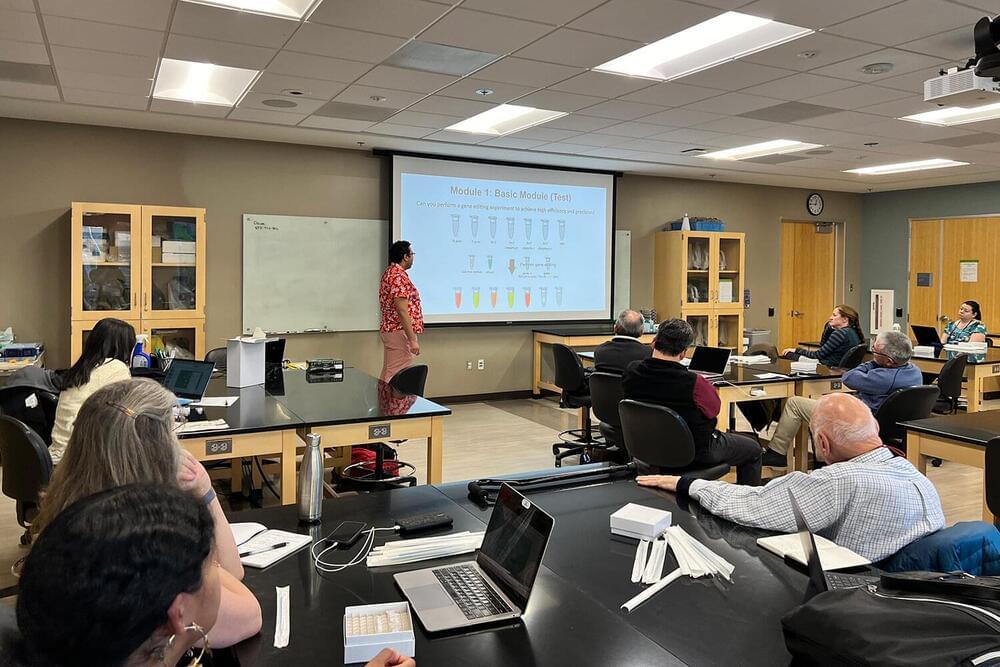
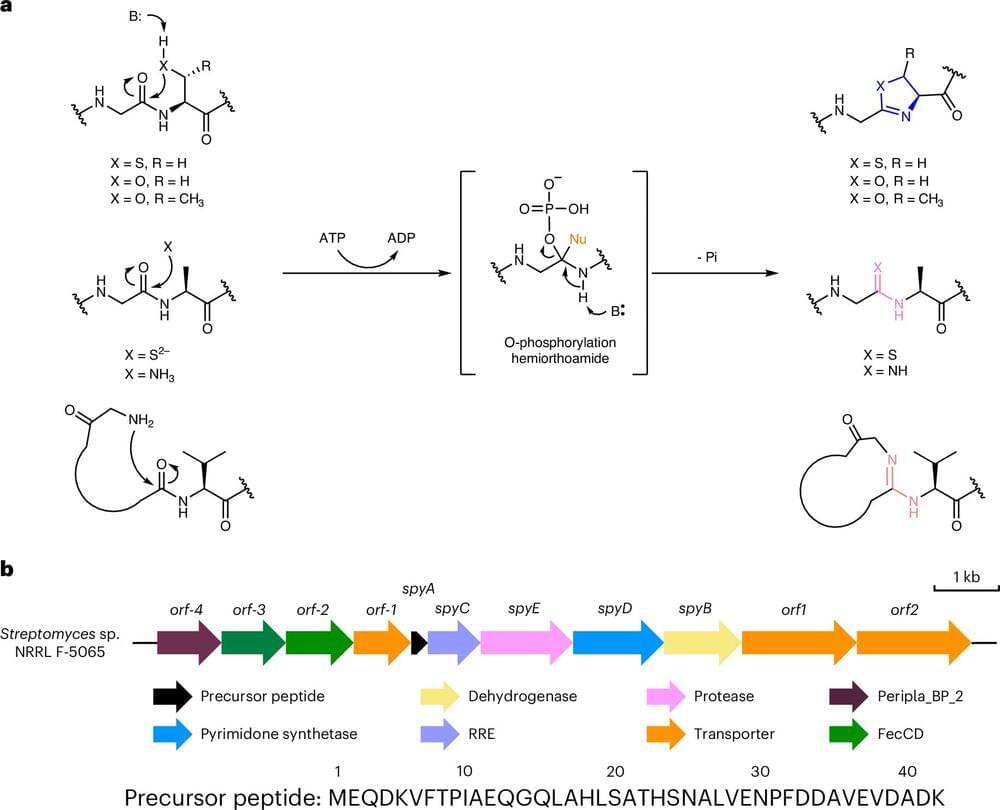
Thanks to a serendipitous discovery and a lot of painstaking work, scientists can now build biohybrid molecules that combine the homing powers of DNA with the broad functional repertoire of proteins—without having to synthesize them one by one, researchers report in a new study. Using a naturally occurring process, laboratories can harness the existing molecule-building capacities of bacteria to generate vast libraries of potentially therapeutic DNA-protein hybrid molecules.
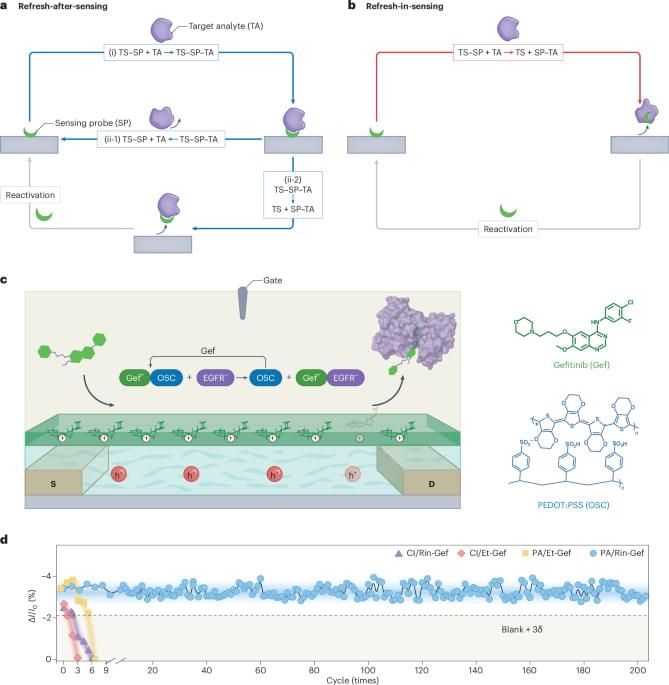
In the world of nanotechnology, the development of dynamic systems that respond to molecular signals is becoming increasingly important. The DNA origami technique, whereby DNA is programmed so as to produce functional nanostructures, plays a key role in these endeavors. Teams led by LMU chemist Philip Tinnefeld have now published two studies showing how DNA origami and fluorescent probes can be used to release molecular cargo in a targeted manner.
In the journal Angewandte Chemie (“DNA Origami Vesicle Sensors with Triggered Single-Molecule Cargo Transfer”), the researchers report on their development of a novel DNA-origami-based sensor that can detect lipid vesicles and deliver molecular cargo to them with precision.
The sensor works using single-molecule Fluorescence Resonance Energy Transfer (smFRET), which involves measuring the distance between two fluorescent molecules. The system consists of a DNA origami structure, out of which a single-stranded DNA protrudes, which has been labeled with fluorescent dye at its tip. If the DNA comes into contact with vesicles, its conformation changes. This alters the fluorescent signal, because the distance between the fluorescent label and a second fluorescent molecule on the origami structure changes. This method allows vesicles to be detected.
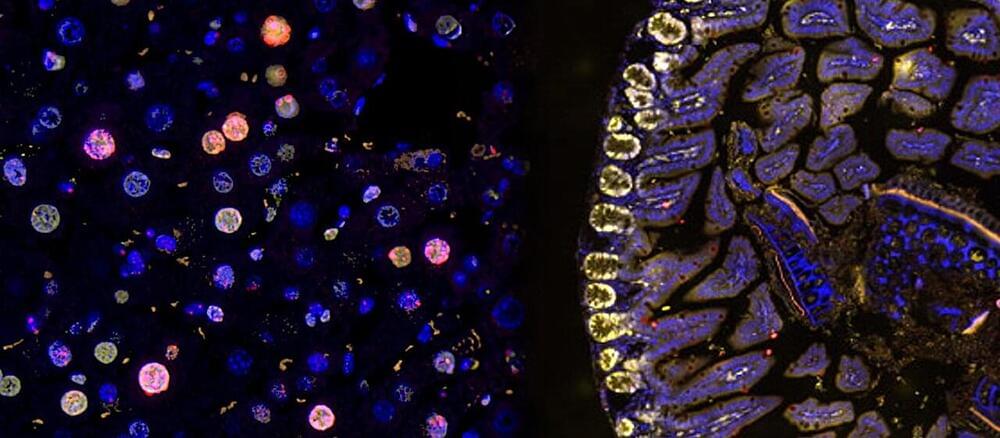
The accumulation of mutations in DNA is often mentioned as an explanation for the aging process, but it remains just one hypothesis among many. A team from the University of Geneva (UNIGE), in collaboration with the Inselspital, University Hospital of Bern and the University of Bern (UNIBE), has identified a mechanism that explains why certain organs, such as the liver, age more rapidly than others.
The mechanism reveals that damages to non-coding DNA, which are often hidden, accumulate more in slowly proliferating tissues, such as those of the liver or kidneys. Unlike in organs that regenerate frequently, these damages remain undetected for a long time and prevent cell division. These results, published in the journal Cell, open new avenues for understanding cellular aging and potentially slowing it down.
Our organs and tissues do not all age at the same rate. Aging, marked by an increase in senescent cells —cells that are unable to divide and have lost their functions—affects the liver or kidneys more rapidly than the skin or intestine.
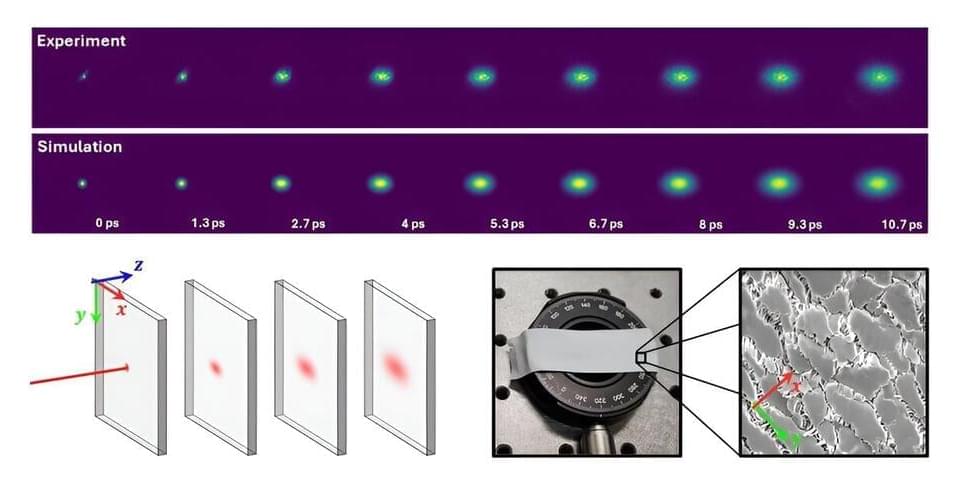
Understanding how light travels through various materials is essential for many fields, from medical imaging to manufacturing. However, due to their structure, materials often show directional differences in how they scatter light, known as anisotropy. This complexity has traditionally made it difficult to accurately measure and model their optical properties. Recently, researchers have developed a new technique that could transform how we study these materials.
Getting tips from the design of the human body.
Scientists create bone-inspired cement, over five times stronger than concrete.
Researchers at the University of Princeton have developed a cement paste that is 5.6 times stronger than cement, mortar, and other conventional cement-based construction materials.
The paste features a tubular architecture inspired by the structure of human cortical bone, which forms the outer layer of the femur (thigh bone).
“Cement paste deployed with a tube-like architecture can significantly increase resistance to crack propagation and improve the ability to deform without sudden failure,” according to the researchers.
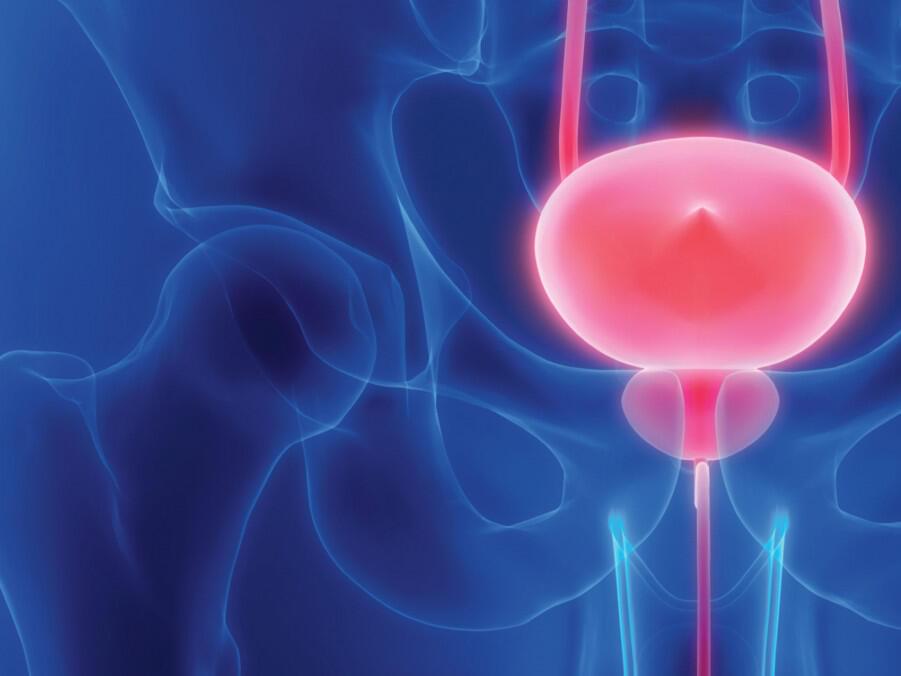
Results from a large clinical trial show that treatment with an immunotherapy drug may nearly double the length of time people with high-risk, muscle-invasive bladder cancer are cancer-free following surgical removal of the bladder. Researchers found that postsurgical treatment with pembrolizumab (Keytruda), which is approved by the Food and Drug…

For billions of years, life has used long molecules of deoxyribonucleic acid, or DNA, to store information and solve problems.
Today engineers are putting their own spin on DNA computing, to both record data and serve as biological computers, yet until now they’ve struggled to design a synthetic system that can store and perform tasks at the same time.
New research has now demonstrated it’s possible to package and present DNA so it can manage both, providing a full suite of computing functions out of strings of nucleic acids. Specifically, we’re talking about storing, reading, erasing, moving, and rewriting data, and handling these functions in programmable and repeatable ways, similar to how a conventional computer would operate.